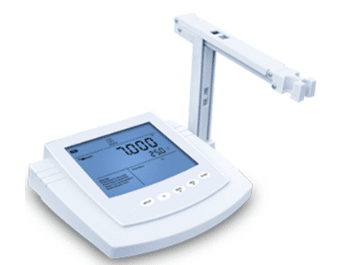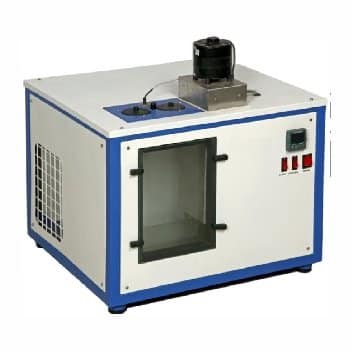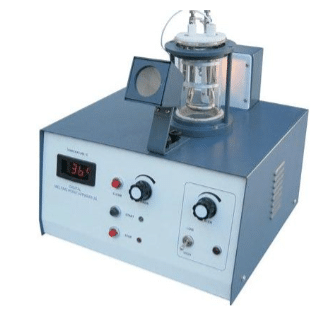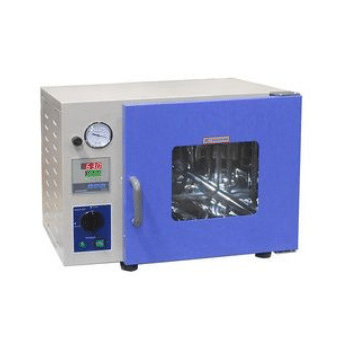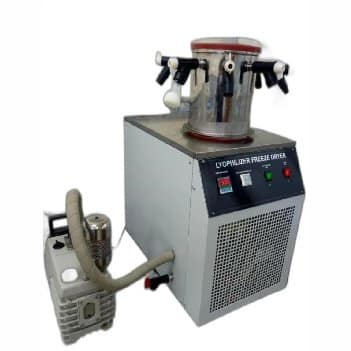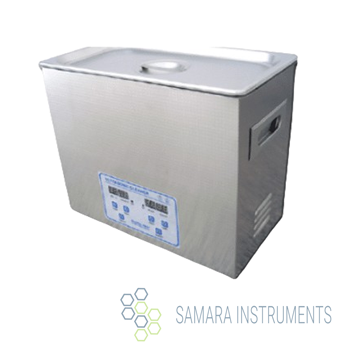
Ultrasonic Bath
Ultrasonic Water Bath: Unleashing the power of precision cleaning and lab-based applications Read more
Ultrasonic Water Bath: Unleashing the power of precision cleaning and lab-based applications
Welcome to your trusted brand Samara Instruments, which is a pioneer in the field laboratory and industry related products and known for delivering innovative and spectacular solutions for you.
Among all the vast range of top class high tech tools, Our Ultrasonic water baths stand at the top, as a revolutionary product which changes the whole game.
Along with the modern technology, it delivers unparalleled functionality, these baths are crafted to fulfill the requirements of professional people in the particular industry.
Ultrasonic Water Bath: Definition, Purposes, Uses etc
An ultrasonic water bath is a multifaceted cleansing and processing instrument that utilizes ultrasonic waves to generate a countless number of submicroscopic bubbles in a fluid.
This concept is known as cavitation, which creates strong cleansing operations. It can easily remove the toxins even from the most complex areas.
No matter if you are cleansing fragile lab glass equipment, surgical tools or industrial parts, these ultrasonic water baths provide unmatched accuracy, quickness and trustability.
Main Specifications of Ultrasonic Water Baths from Samara instruments
1. Ultrahigh Frequency Ultrasound technology
Our ultrasonic water baths function at most effective wavelengths to make sure that everything is clean thoroughly without any damage happening to the soft surfaces during the process.
2. Temperature and Timer Regulations
With variable temperature and time parameters, you can craft the cleansing or operation cycle to your accurate needs.
3. Construction with Stainless Steel
The tanks we use are made of stainless steel, so that they stay resistant to corrosion and also easily cleanable, making sure that the equipment provides long lasting functionality.
4. Vast Variety of Sizes
From models which are small in size for concise spaces in the lab to large equipment for greater industrial scale systems.
5. Power efficiency
Our ultrasonic water baths are manufactured with eco-friendly technology to decrease the usage of energy while providing best functionality.
Where are Ultrasonic Water Baths applicable?
The diversity of ultrasonic water baths when it comes to application is commendable. This phenomenal product can be used in many different industries, such as:
Laboratories: Its perfect for eliminating fluids, blending specimens and cleansing the equipments precisely.
Healthcare and Oral health fields: Its a very important tool in these fields as its highly useful on sterilization of surgical equipments, artificial body implants and dental care Instruments.
Jewelry and Clock Manufacturing: Helpful in restoration of complex items to their authentic excellent nature without damaging anything.
Automobile and Aviation: Useful in the removal of substances like grease, oil and other remains from the parts of engine and precision components.
Food and Beverage Industries: Helpful in cleaning the instruments used for production and makes sure that everything stays hygienic.
Experience Accuracy and Effectiveness
Upgrade your cleansing game and hence other laboratory tasks with Samara Instruments’s Ultrasonic Water Baths. We crafted this phenomenal product for pros who keep accuracy and effectiveness at their top priority, our water baths make sure that you get extraordinary results all the time.
Talk to Us Now!
Are you ready to create a new revolution in your workflow?
Reach out to Us, by calling our number, texting, emailing etc and let us tell you all you need to know about our ultrasonic water baths. Our support team is always there to resolve all your queries.
Let us be your helping hand In taking your tasks to the new heights with our cutting edge ultrasonic technology.
| Model No | SI- USB/S-60 | SI- USB/SH-120 | SI- USB/SH-180 | SI- USB/SH-300 |
|---|---|---|---|---|
| Capacity | 2 Ltrs | 4 Ltrs | 6 Ltrs | 9 Ltrs |
| Tank capacity | 2 Lt | 4 Lt | 6 Lt | 9 Lt |
| Ultrasonic Power | 50W | 100W | 150W | 200W |
| Heating Temp | Upto 80 ºC | |||
| Heating Power | 50W | 100W | 300W | 300W |
| Time | 1-99 min | |||
| Make | inner & outer both SS | |||
| Timer | SS | |||
| Timer | digital timer for auto stop of sonication | |||
| Power Supply | 230 VAC +-10% 50 HZ | |||
| Tank Size | 150x37x100 mm (approx) | 300x155x100 mm (approx) | 300*155*150 mm (approx) |
300x240x150 mm (approx) |
| Overall size | 190*170*220 mm (approx) | 330*180*240 mm (approx) | 330*180*310 mm (approx) |
330*270*310 mm (approx) |
| Supplied with basket and lid | ||||
- Tank capacities of 2 to 22 liters or more
- Available with manual and automatic controls
- 304 grades stainless steel housing
- Ultrasonic Transducer
- Control Panel
- Timer Function
- Temperature Control
- Sweep Function
- Drain Valve
- Safety Features
You May Also Like


